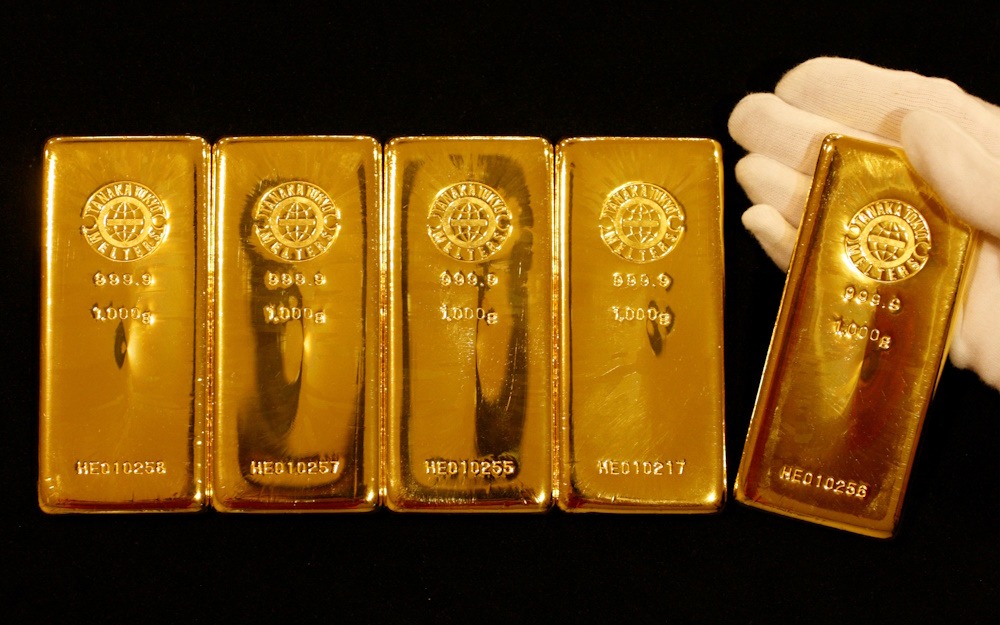
Gold prices reached $4,000 per ounce on Tuesday for the first time, propelled by robust investment demand in the context of heightened geopolitical and economic uncertainty, coupled with anticipations of additional interest rate reductions from the Federal Reserve. Gold has risen 51% this year, driven by substantial central bank purchases, heightened demand for gold-backed exchange-traded funds, a depreciating dollar, and increasing interest from retail investors looking to hedge against escalating trade and geopolitical tensions. In the initial quarter of the year, gold achieved its most robust quarterly return since 1986.
Gold performs well in an environment characterized by low interest rates and economic uncertainty. This investment is viewed as a robust option and a safeguard against inflation, with investors wagering that it will maintain its value in the face of rising prices. The government shutdown has resulted in traders and policymakers lacking access to federal data, notably the essential monthly jobs report. Critical inflation data for September is set to be released next week. This situation has compelled investors to depend on alternative, non-governmental data sources to assess the timing and magnitude of Federal Reserve rate reductions.
Markets are currently factoring in a quarter-point reduction at the Federal Reserve’s meeting scheduled for October 28-29, along with an analogous decrease anticipated at the December meeting. “I see gold reaching $4,300 per ounce over the next six months as the US dollar is expected to continue to depreciate,” stated Michael Langford. Billionaire investor Ken Griffin remarked on Monday that the emergence of gold as a more secure asset compared to the dollar is “really concerning.”
“We’re observing significant asset inflation outside of the dollar as individuals seek methods to effectively de-dollarize or mitigate their portfolios against US sovereign risk,” he stated in an interview. Goldman Sachs on Monday adjusted its December 2026 price forecast for gold, increasing it to $4,900 per ounce from a previous estimate of $4,300. In September, the People’s Bank of China reported that the central bank increased its gold reserves for the 11th consecutive month.

